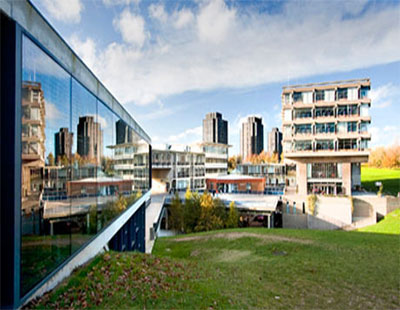
Research has revealed that 17 of the UK’s top 20 best postcodes for buy-to-let rental yields are located within close proximity to a university campus.
Lettings platform Howsy used statistics from PropertyData to look at the best buy-to-let postcodes based on 12 months’ rent divided by the average property price in the area, ranking each postcode from the highest yield available to buy-to-let landlords and property investors.
Bradford’s BD1 topped the list; covering Bradford city centre, it is just a short walk from the University of Bradford and, with the average property in the area costing £54,938 and an average monthly rent of £468, buy-to-let landlords can secure yields of 10.2%.
Sunderland’s SR1 is the next best university postcode for property investment with yields of 9.4%, followed by Liverpool’s L7, which is close to both the University of Liverpool and the Royal Liverpool University Hospital, with yields of 9.3%
The TS1 postcode, close to Middlesbrough train station and Teeside University, is home to yields of 9.2% and L6 (also around the Royal Liverpool University Hospital) has yields of 9.1%. L1, also nearby to the University of Liverpool, is close behind at 8.7%.
Other towns that feature some of the highest yields are Grimsby (DN31), Edinburgh (EH8), Pontypridd (CF37), Glasgow (PA3, G21, G52 and G14), Manchester (M14), Newcastle (NE6), Leeds (LS6) and Nottingham (NG1).
“It’s no coincidence that the vast majority of postcodes with the highest rental yields are found within a stone’s throw of a university campus, and for a safe bet on your investment, these are the places to look when buying,” Calum Brannan, founder and chief executive officer of Howsy, comments.
He says that while students aren’t always the ideal tenants, they bring consistent demand through an annual flow of new arrivals. The void periods are typically much shorter, and the supply-demand imbalance puts the landlord in control when choosing a tenant.
“As a result, these hot pockets of buy-to-let demand offer landlords an investment option that is almost certain to provide a healthy return despite slower market conditions and uncertain times in the buy-to-let market,” Brannan concludes.









.png)

.jpg)








Join the conversation
Be the first to comment (please use the comment box below)
Please login to comment